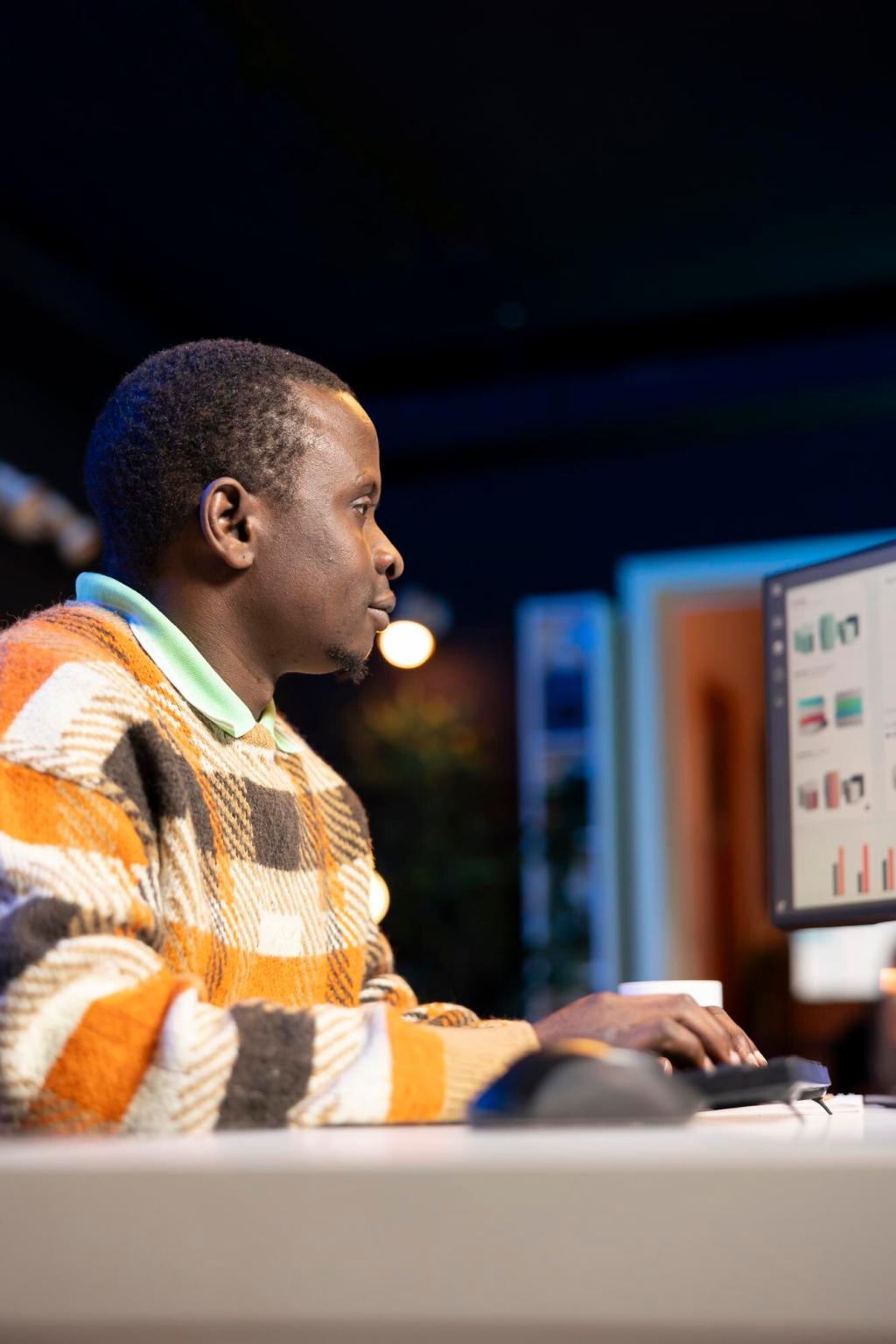Creative Districts and Talent Attraction
A vacant warehouse becomes studios; a year later, a design firm and café sign leases next door. Foot traffic rises, evening lights feel safer, and the district’s reputation draws investors who once overlooked the area entirely.
Creative Districts and Talent Attraction
Graduates stay when they can see a future and find belonging. Open-mic nights, open studios, and inclusive clubs create third places where ideas collide, friendships form, and early-career professionals choose the city over distant opportunities.











